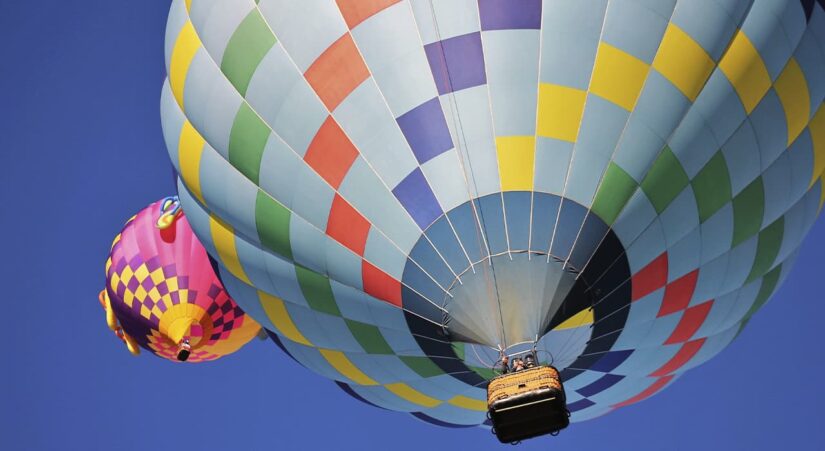The first attempts to conquer the sky
The idea of balloon flight originated in the early XIII century, when the English naturalist Roger Bacon proposed to use a thin copper sphere filled with fire or air. However, such a device could not take off. To gain height, the balloon must be very light, and its filling substance – less dense than the surrounding air. The first person who managed to put the principles of ballooning into practice was the Portuguese priest Bartolomeo Lorenzo de Guzmao. In 1709, on the model of the aeronautical apparatus he managed to break away from the ground by 4 meters due to the heated air in the shell.
In 1783, the brothers Joseph and Etienne Mongolfier got acquainted with the work of Mr. Lorenzo and made their own balloon, which they called an aerostatic machine, they used hot air as a filler. To do this, they lit charcoal under the open balloon. Then, having placed a ram, a duck and a rooster in the cage attached to the balloon, they launched it. The demonstration of the brothers’ brainchild was held in the presence of King Louis XVI of France and lasted eight minutes. The brave animals returned to the ground unharmed, so the next to fly was a man. Thus, the first passengers in the history of half a flight were launched by the Montgolfier brothers.
Already in November 1783, the first flight of people on a Montgolfier took place, when physicist Monsieur de Rosier together with the Marquis d’Arland, a fan of aeronautics, climbed to a height of about 300 meters, flew 8 kilometers over Paris in 25 minutes and returned to the ground.
The story also reminds of the young professor Jacques Charles, who was pushed to his own developments by the resounding success of the Montgolfier brothers. He believed that it was more profitable to use hydrogen than “smoky air”. Having improved the aircraft with a hole for air release, he and his partner went on a 40-kilometer journey, successfully landing near a small settlement. After landing the satellite, he alone ascended to an altitude of about 2800 meters, stayed above the clouds for about half an hour, descended, completing the first ever flight on a balloon with a shell filled with hydrogen. Since then, balloons whose principle of operation is based on the lifting force of volatile gases are called “balloons” after the name of the inventor, and balloons lifted by heated air – “Mongolfiers”.
Later, Mongolfiers gave way to balloons, because pilots were restrained by the need to take on board a large amount of fuel, which could cause a fire. However, the emergence of new fire-resistant materials and gas burners has renewed interest in hot air balloons. By the way, modern air festivals – fiestas – are held on new types of mongolfiers. The most popular festivals are in France (Lorraine) and Switzerland.
